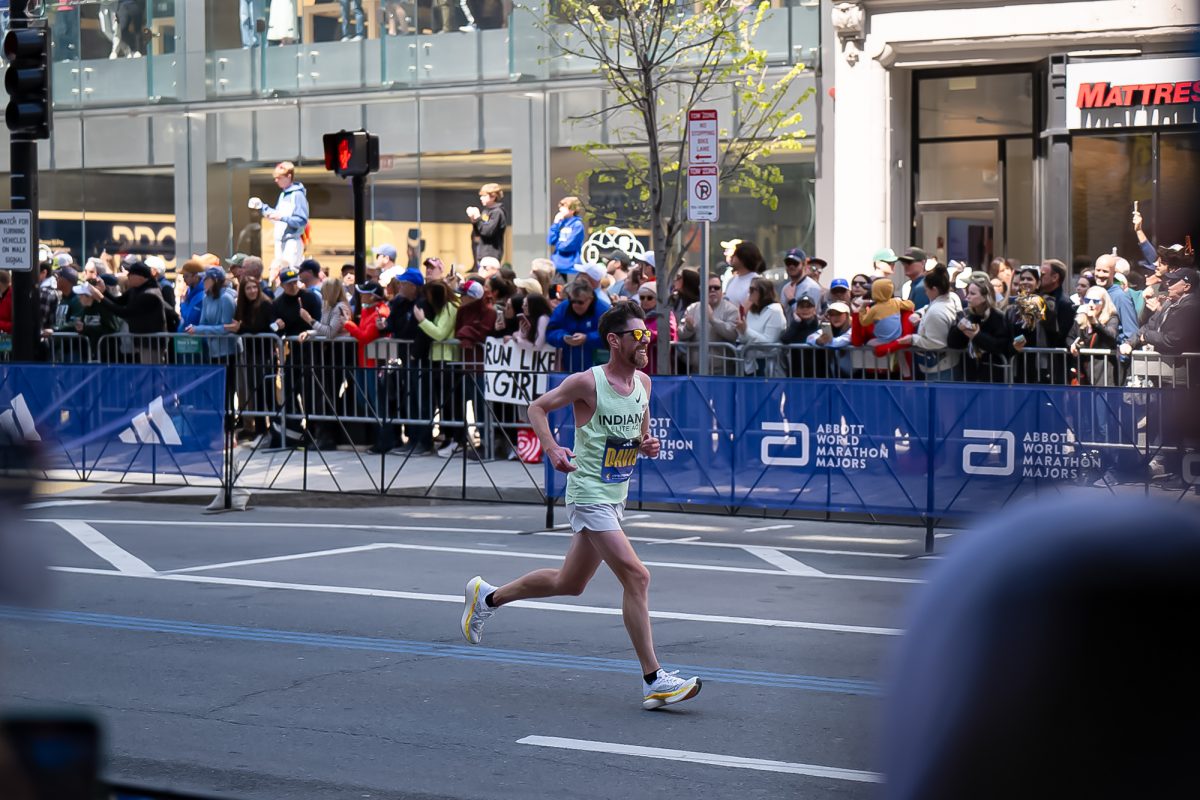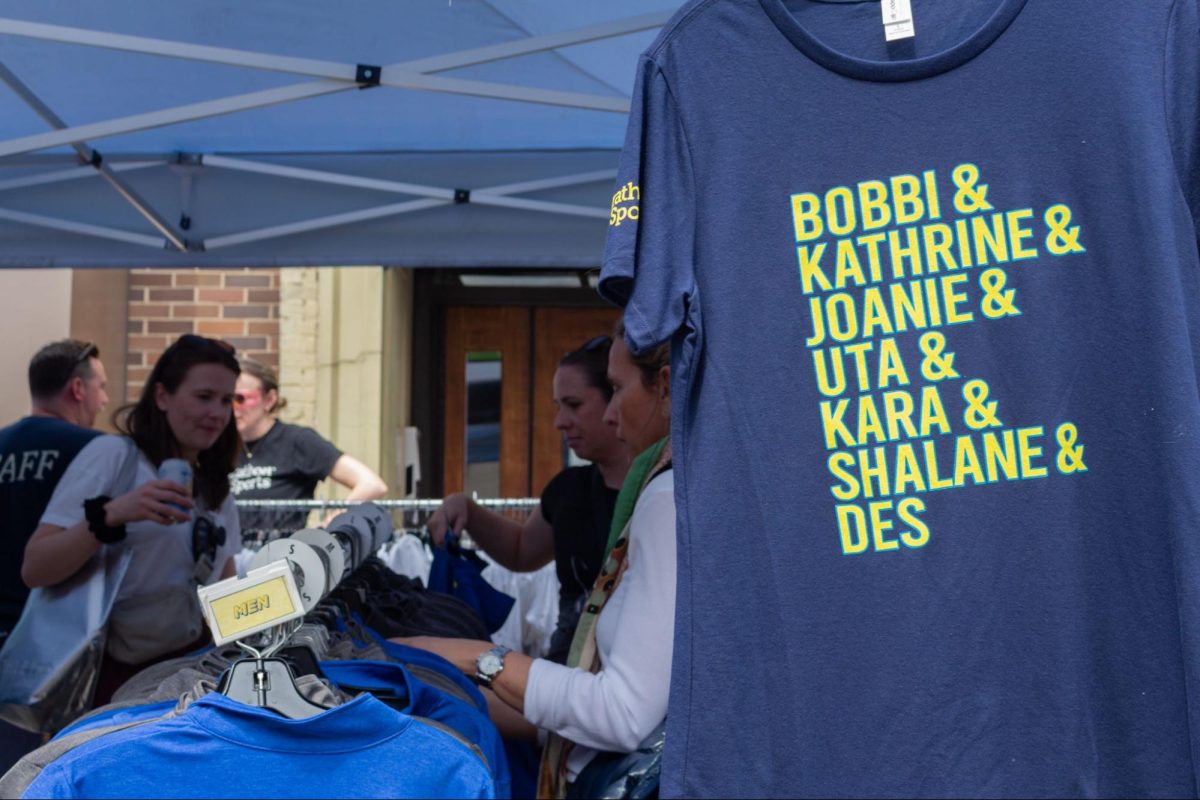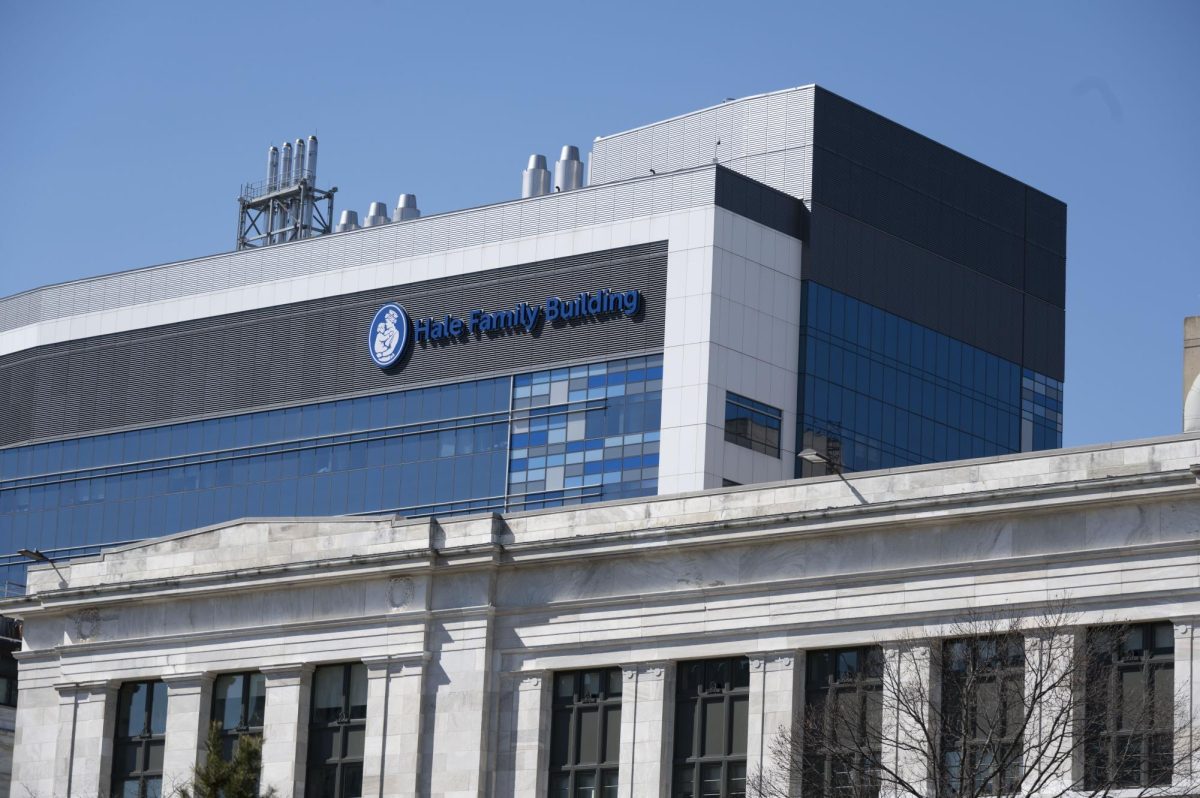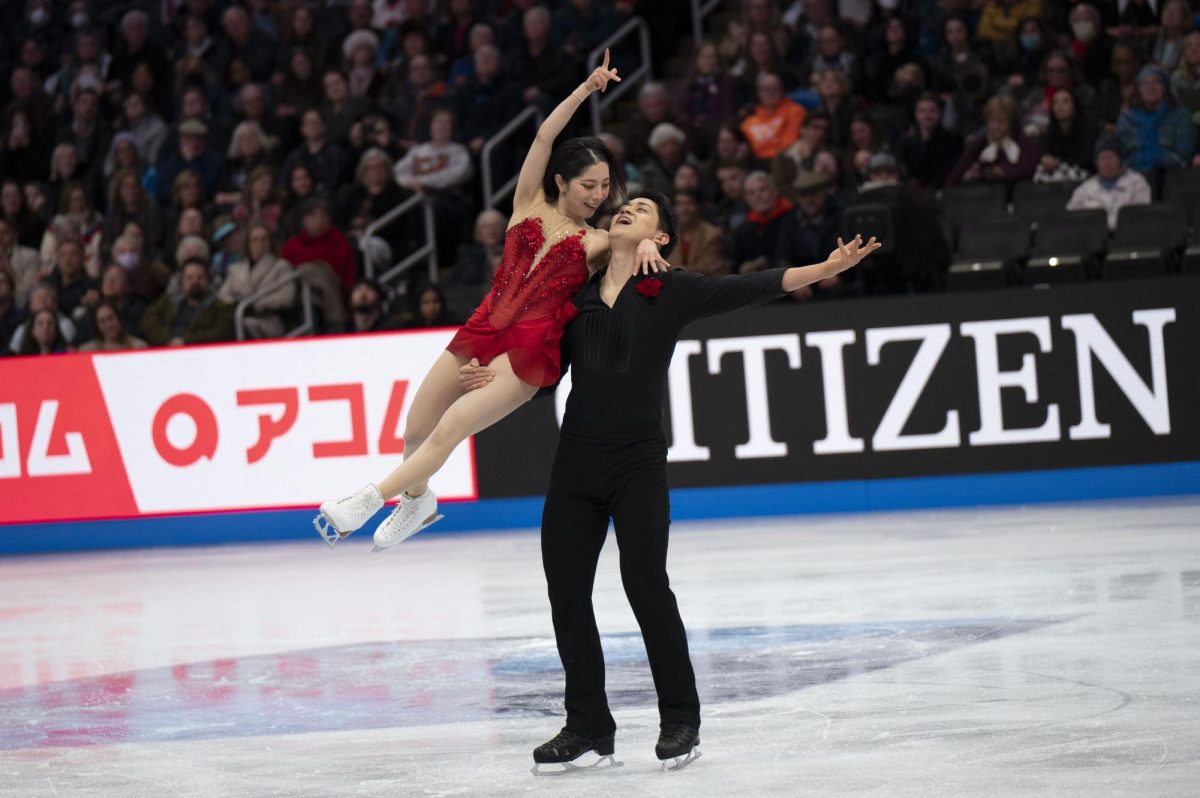
By Aaron Weber, News Correspondent
Five new interactive sculptures have been placed on the streets of Boston, focused on putting the heartbeats of Boston residents to music.
The sculptures were installed as part of Mayor Thomas M. Menino’s “Boston Moves for Health” initiative, which encourages Bostonians to improve their health through exercise.
Project sound designer Rich Trapani explained that the statutes operate by translating a user’s heart rate into a tempo. The statues are all solar powered, and include protruding metal-plated handles which house pulse sensors. A musical selection is then chosen and modified to match that tempo and is played back with an accompanying light display.
The project features five pieces placed throughout Boston at Christopher Columbus Park, the Louis Pasteur roundabout, Maverick Square, Ashmont Station and in Roxbury along Malcom X. Boulevard.
Boston initially became interested in the exhibit following its appearance at the 2012 Urban Prototyping Festival in San Francisco.
“It’s for all of us. It’s the intersection of public art and public health,” Osgood said.
Although the piece was selected by Boston to provide inspiration for fitness, lead designer George Zisiadis had his own hopes for the project.
“We are used to grey, utilitarian objects around cities, objects that take our money such as parking meters and things like that,” Zisiadis said. “But this is here to bring joy and happiness to people, and we wanted to bring that to the city of Boston.”
Zisiadis felt that the pieces were especially rewarding due to one additional component in the project.
“Each day, an email is sent to the city saying how many people have used the piece, which is how we know that in the first weekend alone, over a thousand people used the hearts,” Zisiadis said.
Zisiadis added that despite its simple appearance, the process of hand-making each statue was complicated. The exterior is made up of steel and fiberglass wrapped around a steel frame, and all the sounds were programmed individually for the project.
Trapani said that for him, the main challenge of the project was the need to “find the balance between broad appeal and fresh music.” He also noted that creating an emotional crescendo in the space of a minute presented a challenge.
Even with these inherent difficulties, Trapani felt that the project has been worth the work.
“So many smiles, a few tears; seeing peoples’ responses, we’re really happy with everything,” Trapani said.
Rosie Clinton, a Reggie Lewis Athletic Facility employee who works in a building adjacent to the piece located in Roxbury, raised concern that many pedestrians don’t allow the statue enough time to detect their pulse.
“A lot of people just grab it and don’t realize what it does. You’ve got to hold on to it for a second,” Clinton said.
One of five new Pulse of the City public art pieces was reported missing from Christopher Columbus Park on Sept. 7. According to Chris Osgood, co-chair of the mayor’s Office of New Urban Mechanics, a replacement has already been commissioned. The new piece is expected to be completed and installed within three weeks.
Osgood estimated the cost to be around $5,000.
The Pulse of the City display in Maverick Square was also tampered with. Only days after its installation, the statue was found knocked off its post. Fortunately, the piece sustained little damage and has already been returned to working order. Osgood says measures have been taken to provide more solid welding for the bases on all statues.
Despite some the project’s setbacks, Zisiadis remains optimistic.
“There are always hiccups when installing a piece of public art so we have dealt with those, but overall people’s reactions have been overwhelmingly positive,” Zisiadis said.
Pulse of the City will remain in Boston until November 2014.









